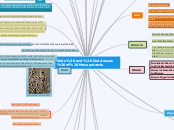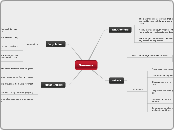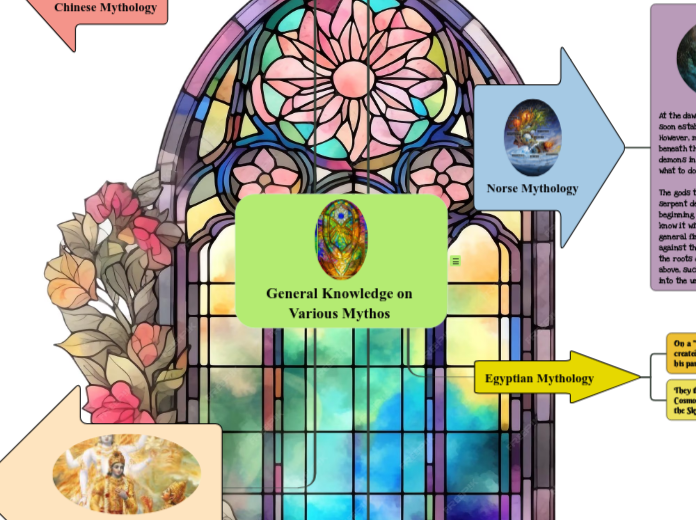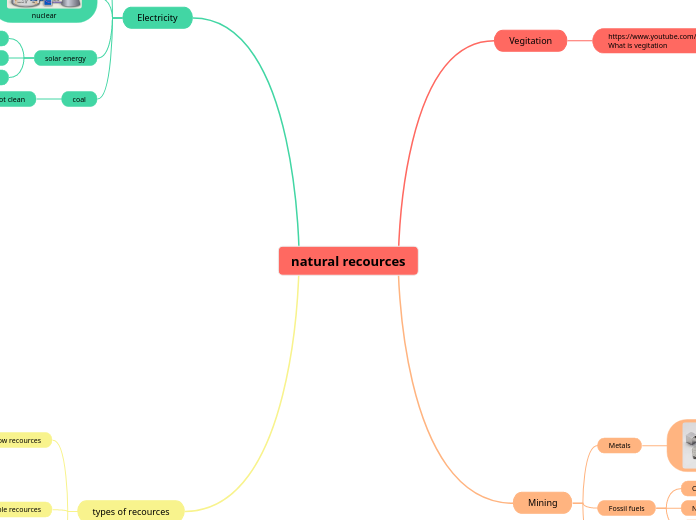jonka Evangeline Chu 6 vuotta sitten
880
Gods of Mesopotamia
In ancient Mesopotamia, the pantheon of gods and goddesses was vast and diverse, each deity holding unique attributes and responsibilities. Enmesarra was a god of the sun, protector of flocks and vegetation, and associated with the underworld and law.









